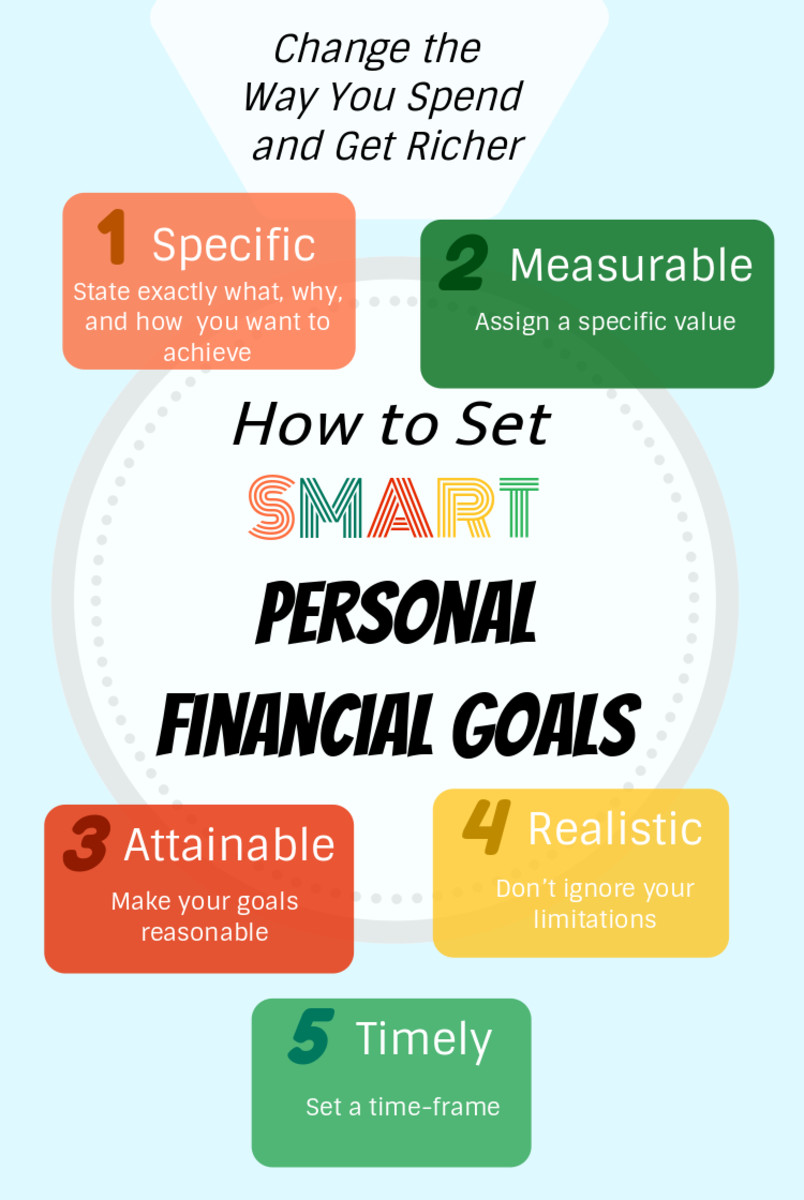Value Creation Triggers: Discover the dynamics of how to create value from problem to solution space

Transform ideas to reality
Benjamin S C Ugoji
Contents:
1. Introduction- Creation of value
2. The elicitation of present states using the ‘VALUE’ Strategy
2.1 Value
2.2 Attitude
2.3 Life purpose
2.4 Understanding
2.5 Engagement
3. Goal setting using the ‘GROW’ MODEL
4.0 Facilitating planning using the model of learning and change
4.1 Understand learning
4.2 Steps involves in the change process
4.3 Strategy for installing new habits
5. Conclusions
- Introduction- Creation of value
The creation of vision comes from a considerable amount of exploring, analysing and rooting around in the territory of the problem.
Mary Ann Devanna and Eliza Collins – The New Portable MBA
From the beginning of times man’s purpose has been to grow and change so as to be able to meet the challenges facing hi in life. It’s a life of being able to discern between good and evil, so as to achieve his life’s purpose. Most of the time life’s purpose is not clear but from the scripture we hear the following words:
“The God blessed them and said. “Be fruitful and multiply, Fill the earth and govern it. Reign over the fish in the sea, the birds in the sky, and all the animals that scurry along the ground” – (Genesis 1:28)
“For we are God’s masterpiece. He created us anew in Christ Jesus, so that we can do the good things he planned for us year ago” – (Ephesians 2:10)
These passages are evidence of the life we are supposed to live so as to fulfil God’s purpose for our life.
The need to create value affects all of us. Value could be attitudinal, creative or experiential in nature. In one’s personal life it could be in terms of making positive changes that would impact different areas of our lives in say- career, money, health, personal growth etc. In the business world the aim of any business is to solve problem for her customers. It could be in term of products or services which meet their customers’ needs, wants and aspirations.
Creation of value is a way of thinking. In the quest to create value we are consciously making decision to move from our present state to a desired state. It’s a process of change in the midst of our present circumstance. It challenges us to question our present circumstance, may be through questioning; ‘What else?’, ‘What if?’, or How can I add value to my present circumstance I terms of personal life or product or service in term of business life.
From the passage we saw from the scripture, God’s purpose from the beginning is for us to do good works. Work in itself is creation of value or creation of meaning. Therefore, good works are valuable since they bring something of value to enhance our wellbeing and that of others. Value creation or anything of great benefit is a problem solving process. Most of the things that appear as obstacles or problems on our journey of life are opportunities in disguise. In such situation we desire a better outcome so as solve the problem. This step of faith requires on our path, imagination, focus, determination and commitment to overcome. Value creation does impact our lives and in turn benefits us because of the promise of a better outcome. Imagine a situation of want turned to a position of abundance through wisdom and self discipline by applying the principles of creative imagination. It results in joy instead of sadness, plenty rather than lack and a disposition to give in order to receive.
In this article, we are going to look at the strategies and tactics used to move from a problem space to create the value or solution we need in our lives. The principled discussed can be used for us to achieve what we want in life.
2. The elicitation of present states using the ‘VALUE’ Strategy2
Clarity opens the door to more creative options for living
Gerald Egans
The first state to making progress is the ability to spot an opportunity and out of that come s a goal. From then on we need to pose the question:
What is the problem?
We then need to move to the seek for possible solutions
Make the right decision, and
Take action1
The word value is an acronym which stands for the following:
Value
Attitude
Life purpose
Understanding
Engagement
We need to be clear in terms of the commitment we are about to make in these areas prior to the change process so to be successful.
At this stage we have to remember that your need to move from your present circumstance to a present situation. Therefore you need to elicit what you desire in your new situation through questioning. You have to challenge you subconscious or your inner man- namely you belief and value systems. There are responsible for most of the results you get from life.
2.1 Value
Values are things which are important to you. There is relationship between our value and life purpose and hence our passion. Passion is an indicator of what you value. Your passion is what draws you, holds your attention and keeps you thinking late at night. It is one thing that you do if you have all the money and resources that you need.
What would you be drawn to then? What work would you do for nothing?
What is your value in life? Why is it important to you? Who taught it to you?
Whose value are you living? Make sure it’s yours. How has it affected your past behaviour? In what ways can you affirm it through future behaviour?
Freedom, security, comfort, adventure, being needed, independence, animal welfare, trust, variety, creativity, education, intelligence, peace of mind, holy, nature and environment, family, career, friends, truthfulness, achievement, happiness, inner harmony, love, fame, wisdom, work, risk taking, being challenges, spiritual values, beauty, equality.
Figure 2:1 Different values
Value in action: Remember that shared belief and assumptions interact with shared value and produce shared norms that drive pattern of behaviour. Can you understand how your interests, values, activities have resulted in the way you do things – culture? Therefore before the pursuit of the goal or value you want you need to be clear about the values that you hold dearly.
2.2 Attitude
Your attitude is a ‘frame of mind’. A state of being – the way you think and feels about things. Your attitude influences and overshadows many decisions and experiences that you have in the past and the way in which you approach the future. Your attitude could affect the way you respond towards your relationships and events. We need to develop positive attitude to increase learning and development. For example, what should be my attitude to different areas of my life – career, money, health, friend/family, personal growth, fun and recreation, physical environment, and significant other/finance?
2.3 Life purpose
Purpose come from knowing that the things you do aligns with you beliefs and values. How can you make a difference in different roles you play in life in career and work, home and family, social and community and personal and spiritual to leverage your life and others? It involves applying the skill of bottom –line thinking to proactively determine what you want to achieve in different roles you play in life using your skills, gifts, talents, knowledge and experience.
2.4 Understanding
Understanding comes through your making sense of a situation. Making sense or meaning is an internal dialogue of how we perceive reality. Reality is how we perceive our environment and our reaction to it. It involves our interaction with our environment through our sense, processing of the information and the way we react to the information to show our experience. It involves both our conscious and unconscious knowledge which determine our level of awareness to a particular experience. We need to understand how the new experience we desire will affect us and those around us.
2.5 Engagement
You need to give your self permission to be committed to what you determine to achieve. The following questions are important for you to be able to achieve your goals.
What are you going to commit to make the creation of this value a reality?
What do you have to do know and change to enable you to progressively achieve the outcome?
Listen to the comments of a 74 year old man that ran a marathon, “But I just did and I did it one small step at a time.”3
Have determined to progress with your goal you need to use a strategy of question to achieve it.
3. Goal setting using the ‘GROW’ MODEL4
“Begin with the end in mind.”
Stephen R. Covey
This is a coaching model created by John Whitmore in coaching for performance.
It provides a clear, simple and powerful step – by – step framework for achieving a goal. It is a follows:
G – Goal - setting for the short and long - term
R – Reality- checking to explore the current situation
O – Options – alternative strategies or course of action
W – Will - what strategy or action is to be done, when, by whom and the will to do it.
The question below will enable to navigate through the GROW Model.
3.1Goals
What you aim for:
What do you want?
How will you know when you achieve it?
When do you want to achieve it by?
Make your goals SMARTS and use PRIEST to evaluate it.
SMARTS5
Goals should be clear well thought out and well defined. The acronym stands for the following:
Specific: Keep goals simple and direct. If the goal is too bid you can break it done into two or three simple ones. Here you need to be flexible in your thinking, being able to see the detail as well as the big picture to enable you to chunk down your goals.
Measurable: This will help you to know if you’ve achieved your goal. Give precise details so that you know what you’re aiming for and include some ways to assess your progress along the way.
Attractive: This involves the use of your sensory acuities to sense how you feel toward the set goal. Are you positive and excited about achieving your goal? Is there anything that you need to include to make it more interesting?
Responsible: Make sure that the goal is the result of your own action. You have to be clear that the onus of completing the goal lies within you.
Timetabled: You need to set the time for its completion. This should not be vague. This should clearly show the time for the starting, progression and completion of specific tasks and activities.
Supported: What support would you like? What resources do you need? Do you need the help of any person along the way?
PRIEST5
This is used to make sure that your outcome is well focused.
P is for positively stated
R is for resources.
I is for initiated and maintained by self
E is for ecology – how does the changes change your environmental dynamics
S is for sensory evidence; use your senses to savour your results. How will you know that you’ve been successful? What will you see, hear, taste, touch, and feel when you’ve realised your goal?
T is for time. What time will you complete your goal and by how much?
3.2 Reality
Exploring the present reality:
What have you done specifically so far to achieve our goal?
What challenges have you met and overcome?
What other challenges do you expect to meet?
3.3 Options
Stretching beyond what’ve tried or taught about before:
What could you do?
What else…?
What if…?
3.4 Will/Way Forward
Gain commitment from self towards taking action:
Which options would be fastest/easiest/preferred?
What might stop you?
When will you take action?
4.0 Facilitating planning using the model of learning and change
4.1 Understand learning
It is important to realise that the whole activity of desiring to create a new thing is a leaning process. This is important since it will help you to be patient, courageous and committed towards realising your dream. Hence it is apt to summarise the various stages you will go through during this learning journey.
1. Unconscious incompetence – just a beginner or novice and don’t know that you don’t know. Wouldn’t care!
2. Conscious incompetence – Showing interest only to realise that you can’t do it; but can lead to disillusionment.
3. Conscious competence – Can perform the activity or task but not without thinking about it.
4. Unconscious incompetence – peak performer, competent and excellent as a leaner.
These stages are manifested in the behaviour and attitudes we exhibit in various learning endeavours.
4.2 Steps involves in the change process6
You need to know change or change will not take place. There are for stages involved in the change process – namely:
DENIAL
This is the moment where we tend to believe or feel that we don’t have a problem. So long as we continue to think in this way we won’t able to make progress.
ACCEPTACNCE
At this point we begin to accept that the problem does exist and there is the need for us to move forward.
WILLINGNESS
We are willing to change. This may be due to looking at the options facing us in terms of the benefits.
DECISION
Here we are in the frame of mind to make a decision. We give ourselves permission to resolve to solving the problem situation or creating options beneficial to our moving forward. Someone rightly said, ‘decision is made with the brain and commitment with the heart.’ Either way, making decision or not has consequence.
ACTION
Action is the step that makes the change processes a reality. It aligns the world of imagination and that of reality so as to enable us to realise a successful outcome strategically speaking.
4.3 Strategy for installing new habits7
This aspect requires you to see change in the five logical areas namely: For us to solve the problem we envisage and therefore create value of one form or the other there has to be change in these levels of thinking. Each level will help us to synthesise, organise and direct the interaction on the level below. It is important the levels are aligned to one another in terms of so as to facilitate the progress of the learning and change.
PURPOSE – (Who else)? ….. System (Spirit, Vision)
This determines the overall action behind your vision or purpose. What are you trying to achieve and what is the benefit?
IDENTITY – (who?) ……………. Role and Mission
This involves one’s sense of self as well as role and mission to carry out the action. How you see your role in being able to take action. It challenges our self- confidence and self- efficacy.
VALUES/BELIEFS – (why?) --------------- Motivation and Permission
This is the internal motivation that provides the focus, effort, motivation and enthusiasm for effective action.
CAPABILITIES/SKILLS/COMPETNCIES – (how?) --------- Perception and Direction
Capability guide and give direction to the behaviour required for the accomplishment of your goal. It is made up of mental map, plan, strategy and tactics.
BEHAVIOUR – (what?) ………………. Action and Reactions
What behaviours do you need to carry out so as to achieve the result you want or at least move you forward to the route of accomplishing your goal?
ENVIRONMENT – (where/when?) ………….. Constrains and opportunities
These are the external opportunities or constraints one faces during the process of change. One needs to pay attention to the physical environment where the change process occurs.
5. Conclusions
This article highlights the different stages involved in process of creating value through problem solving. It adopted different models that could be applied to towards moving form a problem space to a solution. The logical level of learning and change stipulates that for change or installation of a new habit to be effective changes must be aligned at all the levels, especially at the higher levels. This is because what happen at the higher level does impact the change at the lower levels and indeed could stagnate or forestall the change process.
- Value Creation in Acquisition
Creating Value 1 Creating Value 2 Creating Value 3 Creating Value 4 Creating Value 5 Creating Value 6 Creating Value 7 Creating Value 8 Creating Value 9 Creating Value 10 Creating Value 11 Creating Value 12...









